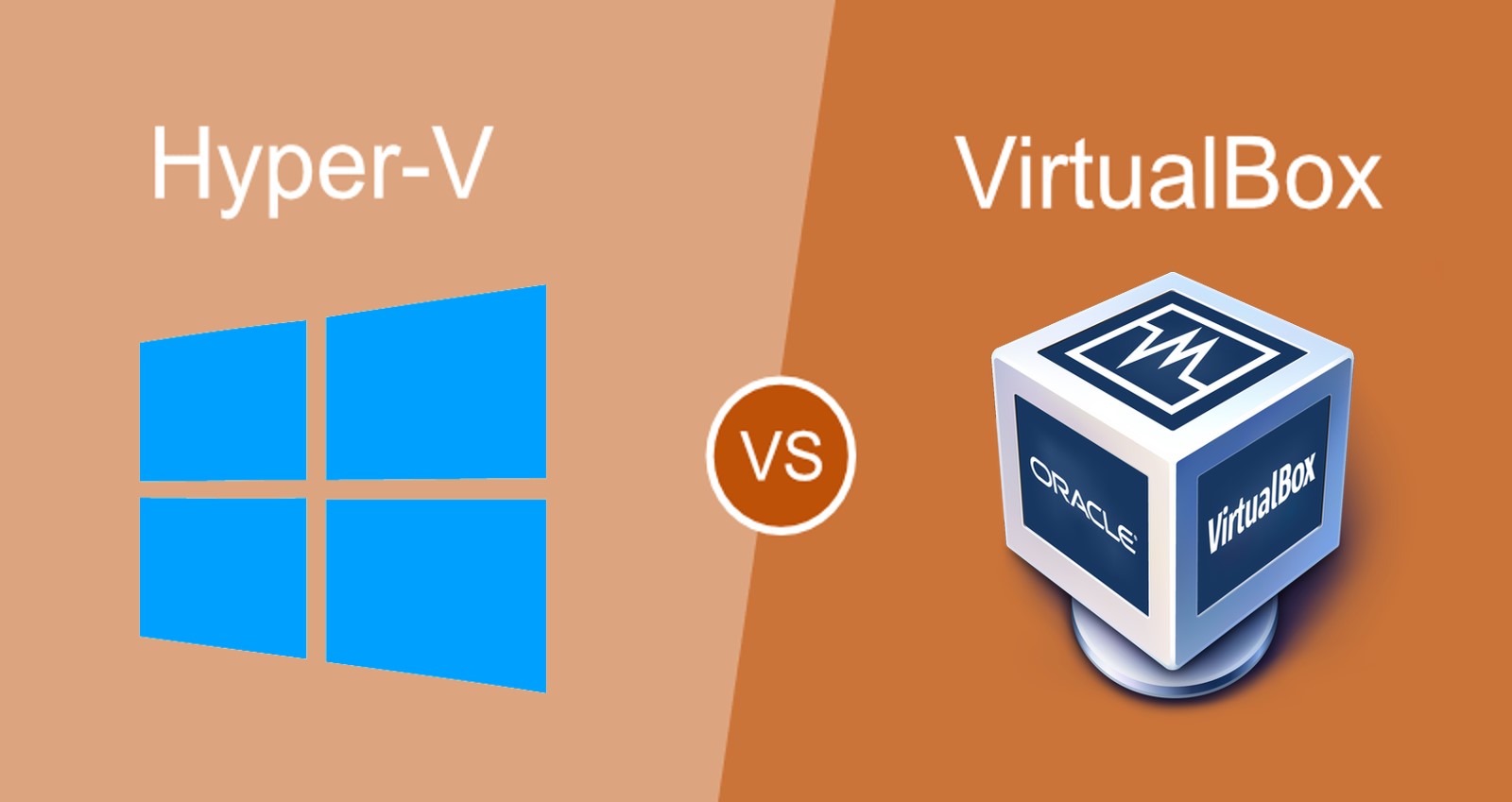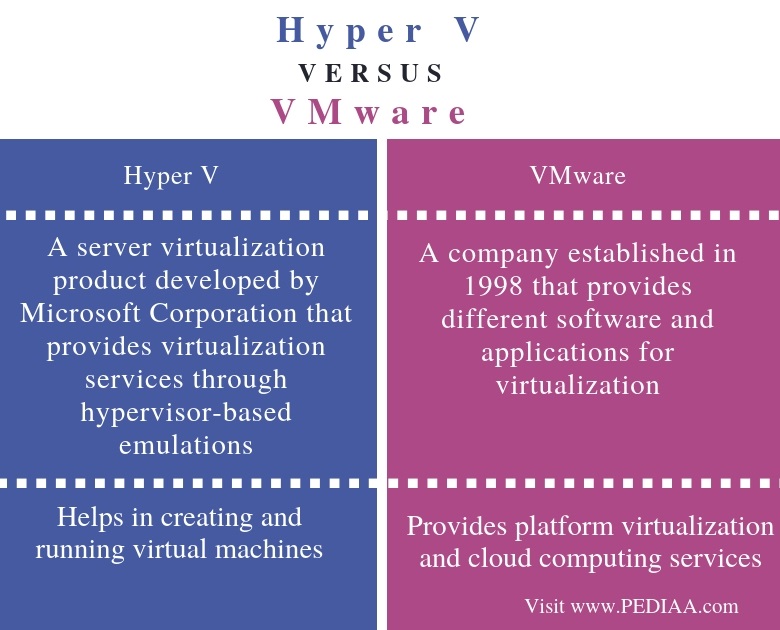
They can add the functionality required to make virtualization work exactly the way you need to address your specific business objectives. Third-party tools can make it easier to add a USB device to a VM or help in situations where there are no physical USB ports available for connecting physical devices. In some cases, native features may not offer the most efficient way to get things like USB redirection and USB passthrough implemented. There are some distinct differences in the price and functionality of the two solutions and you should carefully consider them before making a decision on a virtualization platform. Modern businesses use virtualization for everything from test systems to running mission-critical applications.
VMWARE VS VIRTUALBOX VS HYPER V WINDOWS
They allow users to do things like installing a Windows XP system on top of a Ubuntu host operating system. Both offer users feature-rich platforms for creating a virtualized environment. Hopefully, now you have enough information to choose either VMware or VirtualBox. In general, type 1 hypervisors are better for large production environments while type 2 hypervisors are more suited to users who wish to run a virtual machine on their personal computers.



Type 1 (native) hypervisors access hardware directly and don't require the support of an underlying OS.It’s an excellent way to maximize the value of hardware devices by allowing resources to be shared among many users.
VMWARE VS VIRTUALBOX VS HYPER V SOFTWARE
Hypervisor is specialized software that can be used to simultaneously run multiple virtual machines on a physical server. Both VirtualBox and VMware are hypervisors.


 0 kommentar(er)
0 kommentar(er)
